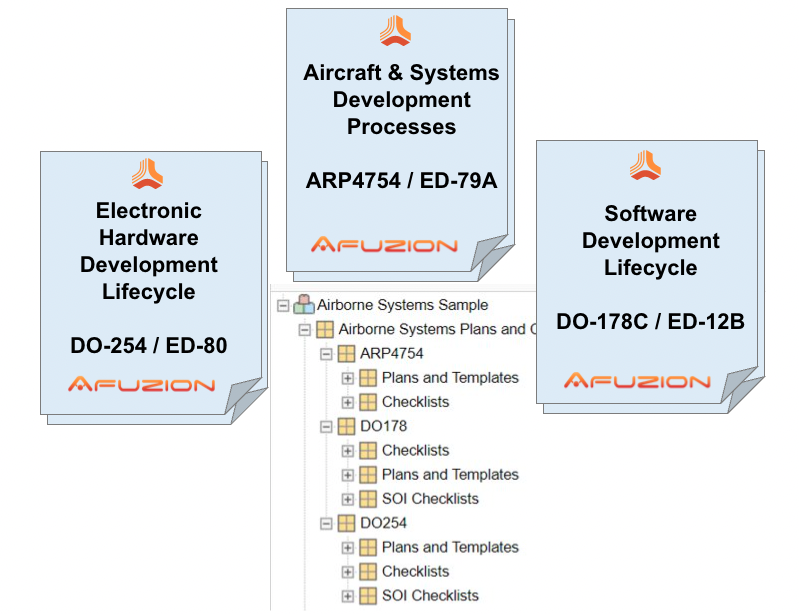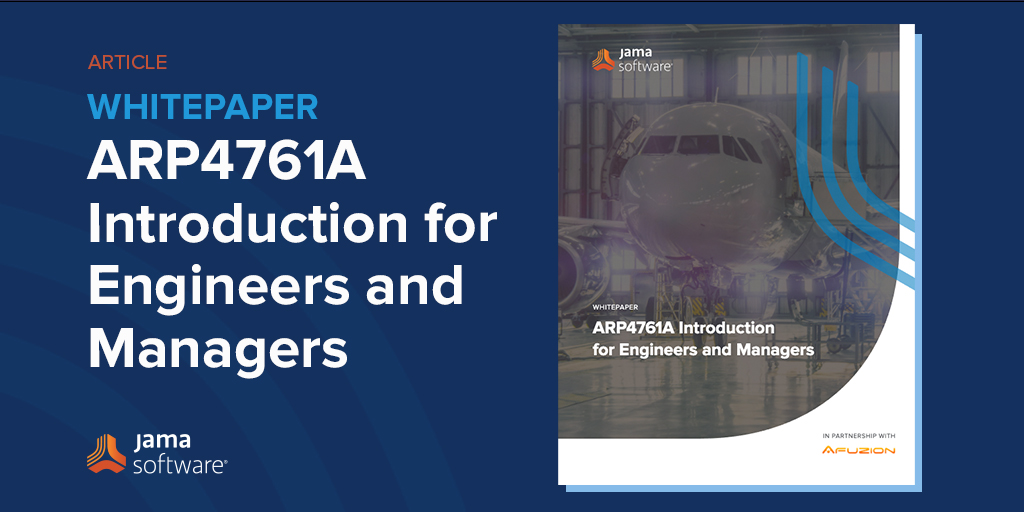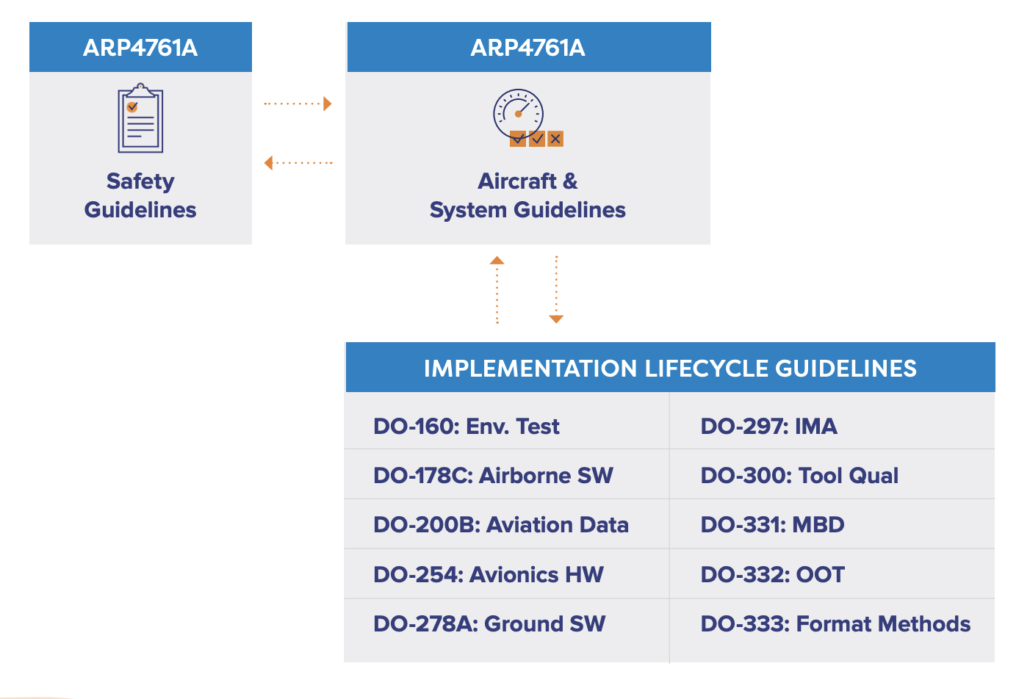
In this blog, we recap the “Managing Mission Critical Requirements in an Agile Environment” webinar.
Over the last two decades, Agile has been demonstrated to be a powerful approach to software and systems development. It has taken on a number of representations but there are features that most representations share – namely “flexibility” when dealing with requirements.
The common theme is for the user community (or the representative of the user community) to state in very broad terms what user functionality would be beneficial and then leave the details (and often the priorities) to the software “whiz”.
This is seen by many as antithetical to mission or safety-critical systems. Systems where the operational characteristics must be well understood to prevent loss of life or mission failure when the product performs differently than expected. In a similar manner, the system must be reliable since it is essential for mission success or human safety.
In this webinar, attendees will learn more about how:
- Agile can deliver cost and schedule benefits when developing mission or safety-critical software
- Exploiting Agile requires adapting approaches often assumed for Agile – especially when it comes to requirements management
- When appropriately applied, Agile can give you a product that is more reliable/dependable than classical methods
Below is an abbreviated transcript and a recording of our webinar.
Managing Mission Critical Requirements in an Agile Environment
Cary Bryczek: Welcome to our virtual user group’s keynote. Today, I’m joined by Mr. Kenneth Hebert, he’s the Chief Technical Director at AFuzion, Inc. Mr. Kenneth Hebert is a 40-year veteran of safety-critical software engineering, including over 35 years as a system safety software project and process leader manager with a Ph.D., MS, BS in Computer Science, extensive experience in the safety systems and architectural design of real-time safety-critical defense and other military and private sector applications, also a registered Agile Scrum master and CMMI software process expert. He has extensive experience in systems software development methodologies ranging from Waterfall to Agile and experience with developing and deploying processes that integrate concepts embodied in DOD, NASA, ISO, AS, and FAA standards, as well as development frameworks, such as CMMI and Lean Six Sigma. He is Lean Six Sigma certified, a certified Scrum Master, and SCAMPI lead appraiser trained. I am delighted for Mr. Hebert to come and deliver our keynote. Welcome and thank you, Kenneth. Please take it away.
Related: Jama Connect® Solution for IBM® DOORS®
Kenneth Hebert: Good morning. It’s certainly a pleasure to be here. What we’re going to talk about this morning is a little bit about Agile and requirements, and hopefully, we have a few thoughts that you can take with you and use as you go forward as a part of this conference. So this is the agenda I’d like to cover. We’d like to talk a little bit about what Agile is for those of you that might not have been familiar with that term or that approach to development a little bit about whether or not it’s different and in what ways is different. And then bringing that back into the fold of requirements and requirements management and how things fit together in that realm.
So again, hopefully, these thoughts will give you a few things to chew on and you can go forward and use them as a part of this conference and everything. So in any event, what is Agile? Well, Agile means a lot of things to a lot of different people. Actually, Agile was coined back in the early 2000s. It began with something called the Agile Manifesto and basically it was a document put together by a series of thought leaders in the software community. And at a time when, if you think about what was going on in the early 2000, and late ’90s, we had a number of standards coming out that were driving to what they perceived to be a heavyweight process.
Related: Better Product Development: Five Tips to Achieve Live Traceability™
Kenneth Hebert: Standards that called for delineation of what had to be done, exactly how it was going to be done. The CMMI was being introduced. Mill standard 498 had been installed and was being used 12207 was being worked on. NASA was putting together its standards for how it expected software to be done in development with respect to space systems. So all of them had seen several common themes, and those were those involved in essentially heavily evaluating and systematically approaching the software development process and as a part of that requirement, requirements management.
So this was in some ways a revolt or at least looking at where the pendulum was, and a claim by these leaders that let’s not lose sight of what we’re doing. Let’s realize that our objective here is to solve a problem and let’s get back to what’s really important. So what you’ve seen over the last two decades, is that Agile has become a significant influence in the development community, the software, and systems development communities. What you’ve seen is it’s been applied in a number of different contexts. It actually can be, because it really isn’t a development methodology as much as it is a set of guiding principles. And so we want to talk a little bit about what those were so that we can kind of have a common discussion as we look at what those areas, those principles, what you’ll see are some common themes in all these areas.
And that is it’s built around the notion that you have that a team is used to build a product. That team has a shared purpose. It’s typically a multidisciplinary team. It has all the skills and knowledge needed to get the job done successfully. It’s a cooperating group. They work together in order to achieve the objective and they blend their skills. They don’t operate as a group of individuals. They operate as a team. Much like if you think of a football team where everyone is operating together in order to achieve a touchdown and to advance the ball down the field. No individual may be the perfect running back or the perfect lineman or the perfect quarterback, but as a group, they overcome each other’s deficiencies in order to achieve a common goal. And that’s really what you want to see in an Agile environment.
To watch the full webinar, visit: Managing Mission Critical Requirements in an Agile Environment
RELATED



